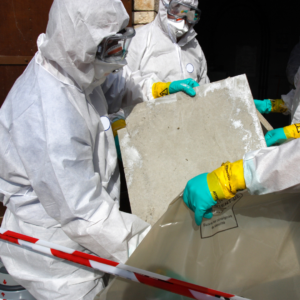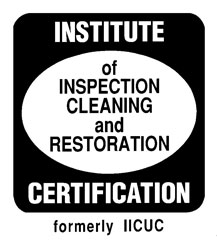 What the heck is asbestos? You’ve probably heard of it, but what was it for? It was an inexpensive, fire-retardant material used in buildings from the 40s through the 70s. Of course, we now know that this material is harmful – prolonged exposure can result in lung issues, mesothelioma, stroke, and cardiovascular diseases.
What the heck is asbestos? You’ve probably heard of it, but what was it for? It was an inexpensive, fire-retardant material used in buildings from the 40s through the 70s. Of course, we now know that this material is harmful – prolonged exposure can result in lung issues, mesothelioma, stroke, and cardiovascular diseases.
It was commonly used as thermal insulation on pipes, but can also be found in attic insulation, vinyl floor tiles, window caulking, roofing materials, siding, plaster and more. The mere presence of asbestos is not hazardous, and the best thing to do is leave it alone. Disturbing it during renovations or repairs is when issues can arise.
If you are suspicious part of your home may contain asbestos, you should periodically check for damage, tears, scuffs, etc. If you discover that part of your home has been damaged even slightly, do not touch or disturb it. If you plan to make changes in your home such as renovations that may disturb it, this warrants a professional. First, call for an inspection. Then, contact a specialized asbestos abatement contractor who is licensed, and will be sure to follow all laws regarding asbestos. After removal, your inspector should return to take an air sample.
In some cases, it may be recommended to repair rather than remove. For example, asbestos in good condition may be isolated with a barrier to prevent damage.
Here are 5 telltale signs your home may contain asbestos:
- Older home- most homes built prior to 1980 contain asbestos in multiple building components.
- Vinyl flooring/sheeting – vinyl floor tiles were often made of asbestos, especially between 1952-1986.
- Corrugated roofing – from the 1920s-1970s corrugated roofing contained asbestos
- Cement sheets – areas around the sheets may also contain asbestos (like cover traps & vent covers)
- Cement water tanks – asbestos content in these tanks in older homes is usually 5-10%
You cannot test for asbestos on your own – it must be done by a trained professional, safely. Removal of asbestos must be done by a qualified, certified & insured company with proper training and equipment.


Recent Comments